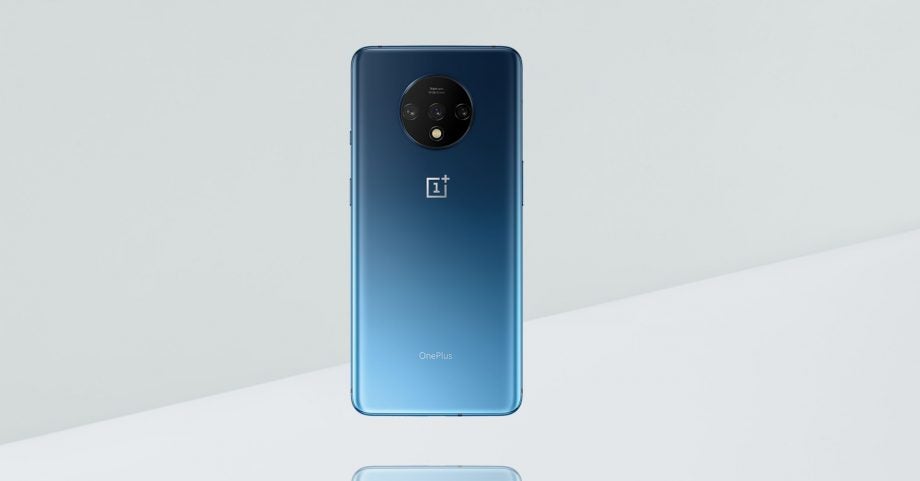The OnePlus 7T is making the same mistake that sunk Sony Xperia phones

This week has been a busy one for OnePlus. The company’s bucked industry trends, taking a page out of the Pixel 4 playbook, and revealing a wealth of details about its OnePlus 7T smartphone before officially releasing it.
While I applaud the company’s transparency and chilled launch strategy – seriously tech folks, you don’t need to book the Albert Hall and roll out a B-list celebrity endorser for every new blower – from what I’ve seen thus far I’m not impressed with the OnePlus 7T.
To be clear, this isn’t because I think it’ll be a bad phone. Until we get full tech specs, and a chance to test the OnePlus 7T, it’s way too early to make that call.
My concerns stem from a recent forum post from OnePlus’ CEO Pete Lau about the 7T where he boasts that, “Since the beginning, design has been one of our core pillars, part of our Never Settle philosophy. This means that no detail is too small to be perfected.”
Related: Best smartphone 2019
At first this sounds fairly harmless, like the marketing-speak you hear at every phone launch or industry meeting between tech bigwigs. But with a little closer inspection it looks like an early sign OnePlus may be on the verge of repeating a key mistake numerous phone makers have made in the past – focussing on rapid release 0.25 upgrades rather than actual innovation.
Don’t agree? Let’s take a look at one of the specifics Lau boasts about:
“In 2018, we became the first in the industry to release a smartphone with a four-curved, matte-frosted glass back, but it took three years of testing and perfecting to finalize the development of our groundbreaking chemical etching process, allowing us to bring our signature matte-frosted glass to the stunning Midnight Black and Silk White versions of the OnePlus 6.”
“While we were extremely happy with our matte-frosted glass, we didn’t stop there. We kept exploring, improving, and trying new things. The result? A new smooth matte surface with a brilliant metallic radiance, and we’re excited to be introducing this new finish on our upcoming flagship.”
That’s 105 words worth of marketing speak talking about how OnePlus has experimented with glass. Sure the company’s not alone in doing this, Huawei’s equally guilty of the same self indulgence during press events. But throughout the post that’s all you get – vague marketing speak about small design changes and how they’ve refined things.
Related: Best Android phone 2019
Even the new features he does mention, like the rear camera housing, aren’t unique to OnePlus. The Huawei Mate 30’s meant to have the same design on its back and a spherical camera design isn’t exactly revolutionary to begin with.
Sony made a similar mistake with its Xperia phones three to four years ago, when it would release a new phone every 4-6 months and the most interesting thing it could talk about was its “omnibalance design” or how it had a 0.00001mm smaller bezel than that year’s iPhone.
It the focus on small things consumers don’t care about that led Sony to lose its place as a home-name for phone buyers and let upstarts like Samsung – which at the time focussed purely on things like performance, screen quality, camera and battery – increasingly dominate the market.
With OnePlus set to release the 7T less than a year after its main OnePlus 7 Pro – and it looking like a 0.25 upgrade at best – there are definite signs that history may be repeating itself. If so, I’d really recommend the company re-evaluate its strategy and take the time to innovate, rather than just refine, it’s smartphone offering.
Otherwise it may find itself rapidly dropping out of the top 5 smartphone vendors shortlist and slumming it in the less than 1% club with Sony in the not too distant future.


